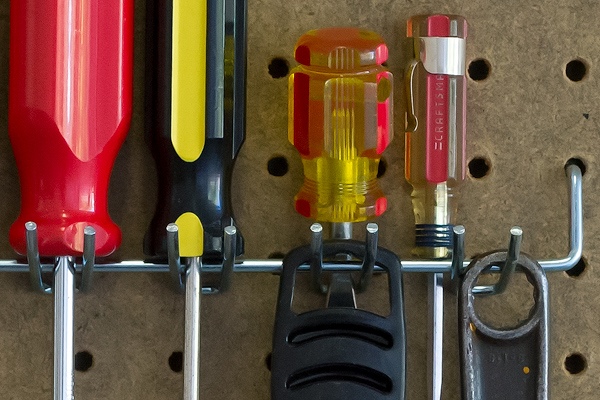I was recently in a photographic situation where high ISO was required. I was shooting with a group, and I was asked as to the highest usable ISO. My answer: it depends on several factors.
- Every camera has different high ISO liabilities. What does your camera do?
- How much noise is acceptable to you?
- What are you going to do with your images? Downsizing a file removes noise, so you can get away with a lot if all you’re going to do with the image is posting it to the Web. Making large prints, however, is another matter.
I suggested that everyone run one simple test. Mount the camera on a tripod, and shoot the exact same scene, changing the ISO by one stop between frames. Since ISO values work in straight numerical doubles, this means simply doubling the ISO number every time: 400, 800, 1600, 3200, etc. Open the resulting images, and decide for yourself what is acceptable. It doesn’t matter in the least what you actually photograph, as this is only a test. Subject matter is no big deal. You just need to know how far you can push the ISO and still get acceptable results.
Easy, right? The next day we were, as expected, in the same situation where higher ISOs were needed. I asked the group how many of them had run my suggested test, since we had known exactly what we were going to be photographing on the new day. The answer: no one, none, nobody.
Folks, you gotta take some responsibility here. You really need to run some tests, and testing some basic concepts is not difficult to do. Just shoot some comparison frames. Test IS/VR on and off, at both fast and slow shutter speeds. Test for the lowest shutter speed you can handhold and get acceptable results. Test long exposure noise reduction on and off. Test TTL fill flash settings. Don’t believe anything you read on the Web — including what I say — until you’re tested with your equipment, and your reasons for photographing, and your criteria for what is “good.”
An ISO test is so simple. And once you’re shot those frames, you now have them to use in testing noise reduction methods. Lightroom noise reduction only? Noise reduction software (since free trial versions are available)?
Like I said, it doesn’t matter what you photograph. Here’s a 1:1 crop from a shot I took in my garage. Great image, huh? But it would work fine as an ISO test. And speaking of which, just what ISO was used? Hint: the camera was my Nikon D4.


8 Comments
So true Mr. shaw. Unfortunately a lot of our students look to us for all the answers when a lot of those answers are at their own finger tips.
Come see us in Bend!
George
To answer your question in the last line – I have never used a D4, but since the 1:1 crop is so clean in the dark areas, I am going to guess that this image was captured at ISO 100.
I bet ISO 640
Excellent advise here Mr. Shaw! I don´t use Nikon but I have red that the D4 handles noise pretty well so I would guess you shot this image at ISO 6400!
Actually, there’s one more factor, lighting condition. In poor lighting, high iso will produce a lot of noise in the shadows, while in decent lighting, high iso is more acceptable and slightly grainy.
Couldn’t agree with you more. Testing informs us of the limitations of our gear so that we are better prepared in the field. No need in fumbling around with gear during those once-in-a-lifetime opportunities.
Juan Carlos was right! ISO 6400. A minor touch of NR in Lightroom, nothing more.
Yes! I have been wating for your answer on this one since I knew my gut feeling was not too far from reality.